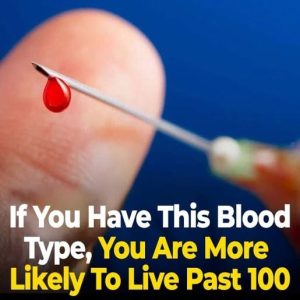Visible veins on the hands, arms, or legs are usually harmless, often linked to aging, low body fat, or frequent exercise. For athletes, they can even signal “strong circulation and low fat percentage.”
Doctors warn, however, that sudden or bulging veins may indicate health issues. Chronic Venous Insufficiency (CVI) occurs when vein valves weaken, causing blood to pool in the legs. This can lead to “enlarged, twisted, or bulging veins” and, if untreated, swelling or ulcers.
Varicose veins are another concern. They may look rope-like and cause heaviness or aching in the legs. While often cosmetic, severe cases should be checked by a doctor.
A more serious condition is Deep Vein Thrombosis (DVT), where a clot forms deep in the leg. It can cause “pain, swelling, and redness,” and if the clot travels to the lungs, it may trigger a dangerous pulmonary embolism.
Other factors like hormonal changes, pregnancy, or prolonged standing can also make veins more visible. Lifestyle changes, exercise, or compression stockings often help. Still, if visible veins appear suddenly with swelling, pain, or fatigue, medical advice is essential. Not all visible veins are dangerous, but recognizing warning signs is key.





